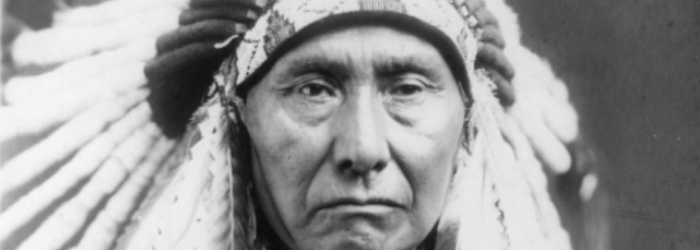“From Connecticut to Alaska and Oregon to Alabama, over half the states have Native American names, while Chicago, Milwaukee, Cheyenne, Seattle, and Miami are among the cities with Indian identifiers. Numerous rivers, including the Missouri, Mississippi, Arkansas, Ohio and Chattahoochee, have Indian origins.”
–Mass. students miss out on Native American history,
Pioneer Institute op-ed, 2012
In Pioneer’s ongoing series of blogs here, on curricular resources for parents, families, and teachers during COVID-19, this one focuses on:
Introducing K-12 schoolchildren to Native Americans in U.S. history.
“Let us put our minds together and see what life we can make for our children,” said Sitting Bull, the Hunkpapa Lakota holy man and leader. Today, because too many K-12 social studies classes have been turned into unreflective social activism and political cheerleading sessions that brush aside background knowledge and the required historical understanding necessary for informed citizenship, topics like Native Americans’ role in U.S. history are virtually ignored. Oftentimes, American students live in states, cities, towns, or near mountains and rivers with Native American names, without the slightest appreciation for who these tribes, or peoples even were. So, we’re offering a variety of resources to help parents, teachers, and schoolchildren, including:

Getting to Know the Native American Indian Tribes – U.S. History for Kids – Children’s American History, By Baby Professor
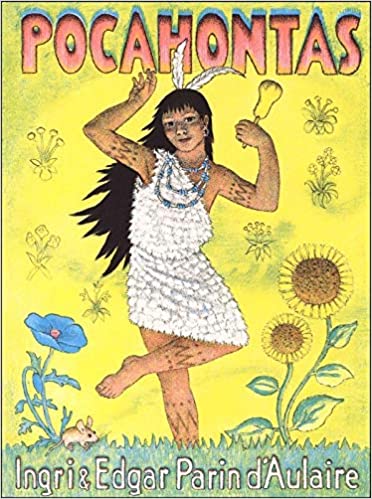
Pocahontas, By Ingri & Edgar Parin d’Aulaire
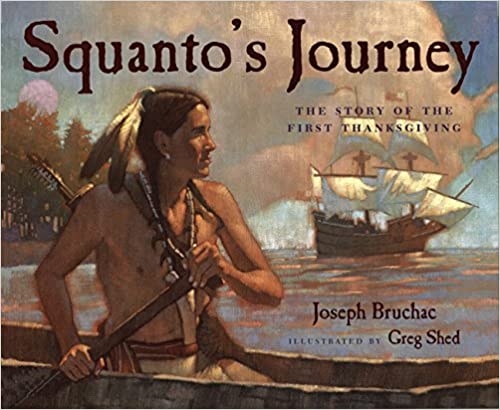
Squanto’s Journey: The Story of the First Thanksgiving, By Joseph Bruchac
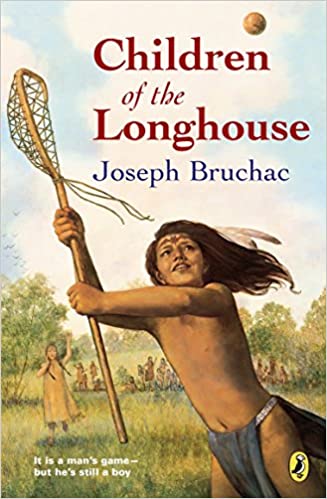
Children of the Longhouse, By Joseph Bruchac
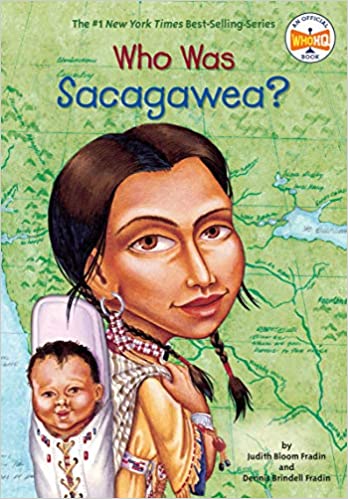
Who Was Sacagawea? By Judith Bloom Fradin
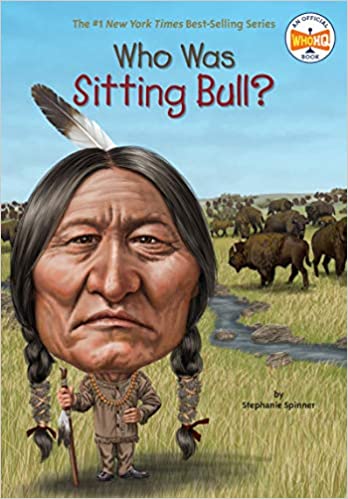
Who Was Sitting Bull? By Stephanie Spinner
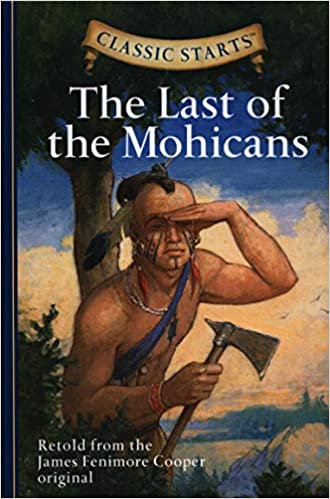
The Last of the Mohicans, By James Fenimore Cooper (author), Deanna McFadden (editor), Classic Starts®, (grades 2-4)
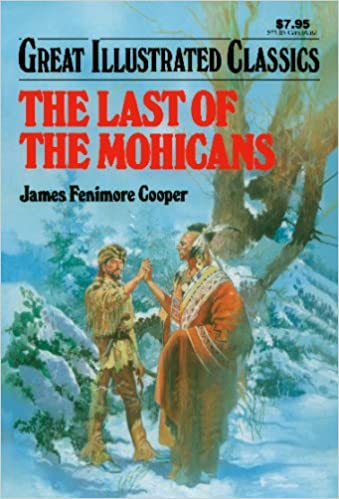
The Last of the Mohicans, By James Fenimore Cooper (author), By Malvina Vogel (adapter), Great Illustrated Classics, (grades 4-7)
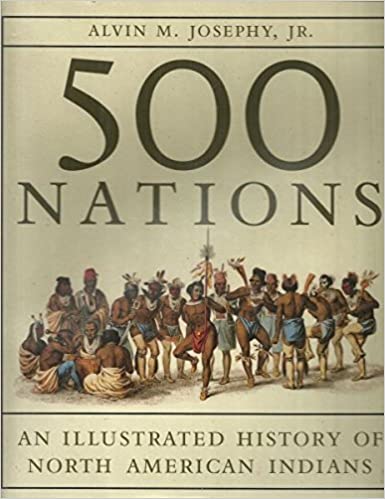
500 Nations: An Illustrated History of North American Indians, By Alvin M. Josephy Jr.

500 Nations (DVD), Produced by Jack Leustig
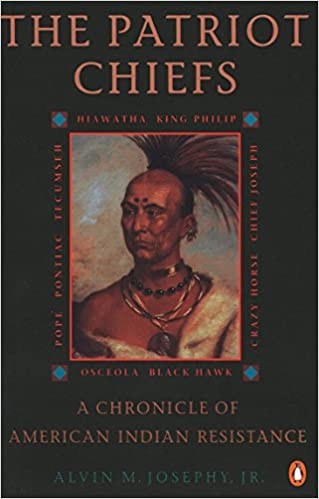
The Patriot Chiefs: A Chronicle of American Indian Resistance, By Alvin M. Josephy
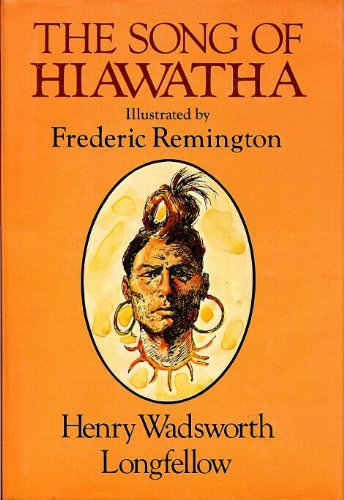
The Song of Hiawatha, By Henry Wadsworth Longfellow with Illustrations from the Designs of Frederic Remington, 1855
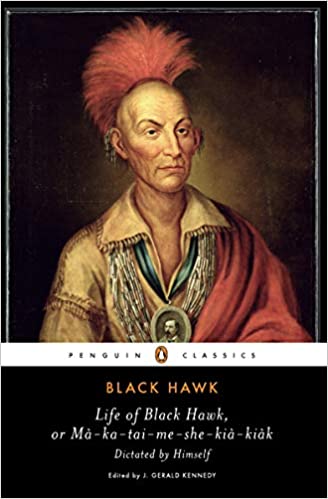
Life of Black Hawk, or Ma-ka-tai-me-she-kia-kiak: Dictated by Himself, 1833
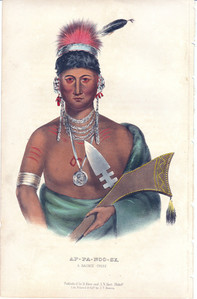
History of the Indian Tribes of North America, By Thomas McKenney and James Hall, 1836-1844

Trail of Tears – A Native American Documentary Collection, DVD
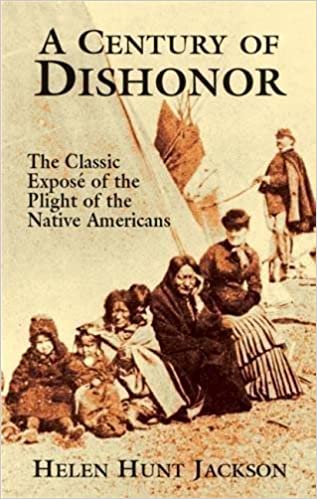
A Century of Dishonor: The Classic Exposé of the Plight of the Native Americans, By Helen Hunt Jackson, 1898

Tecumseh, By John Sugden
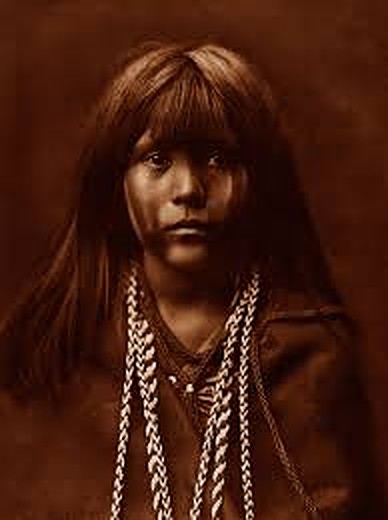
The North American Indian, By Edward S. Curtis, 1906
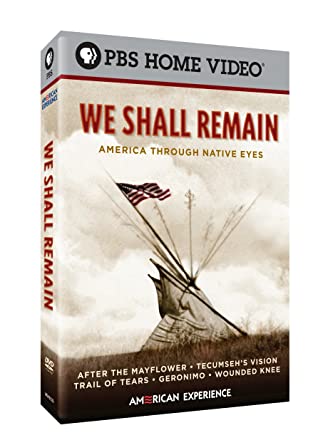
We Shall Remain: America Through Native Eyes, DVD

The Lance and the Shield: The Life and Times of Sitting Bull, By Robert M. Utley
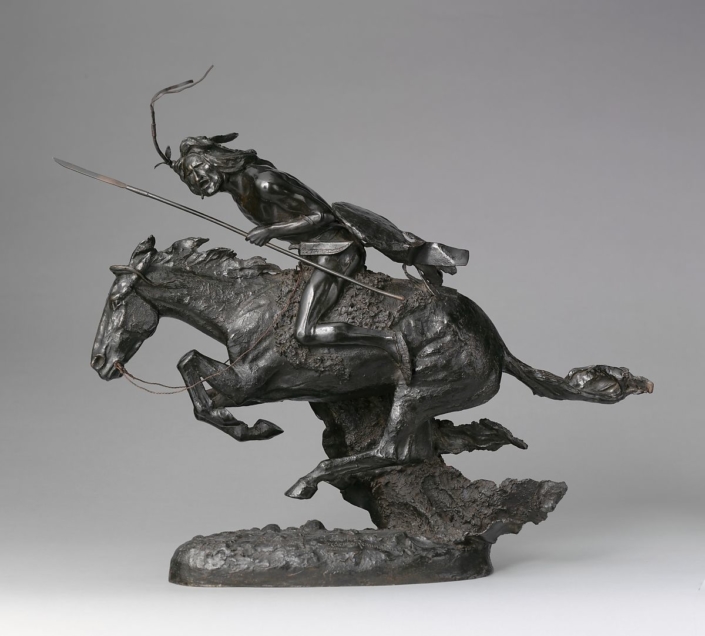
The Cheyenne, By Frederic Remington, 1901, The MET, NYC
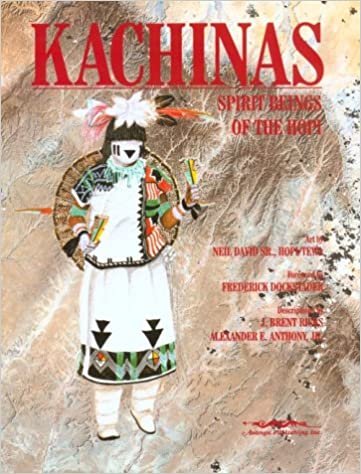
Kachinas: Spirit Beings of the Hopi, By Neil David and J. Brent Ricks

Geronimo, By Robert M. Utley

Chief Joseph & the Flight of the Nez Perce: The Untold Story of an American Traged, By Kent Nerburn

Black Elk: The Life of an American Visionary, By Joe Jackson

The Earth Is Weeping: The Epic Story of the Indian Wars for the American West, By Peter Cozzens

Bury My Heart at Wounded Knee: An Indian History of the American West, By Dee Brown


